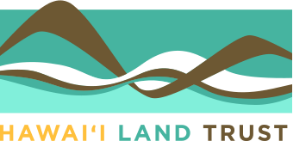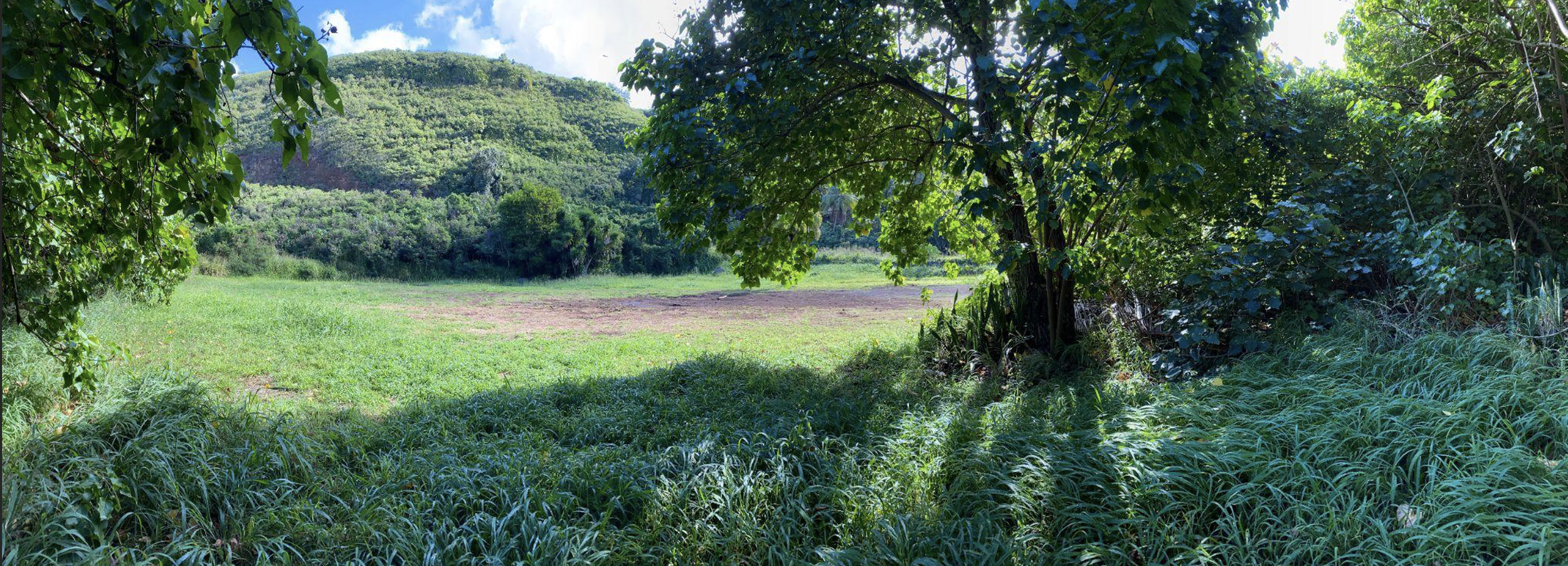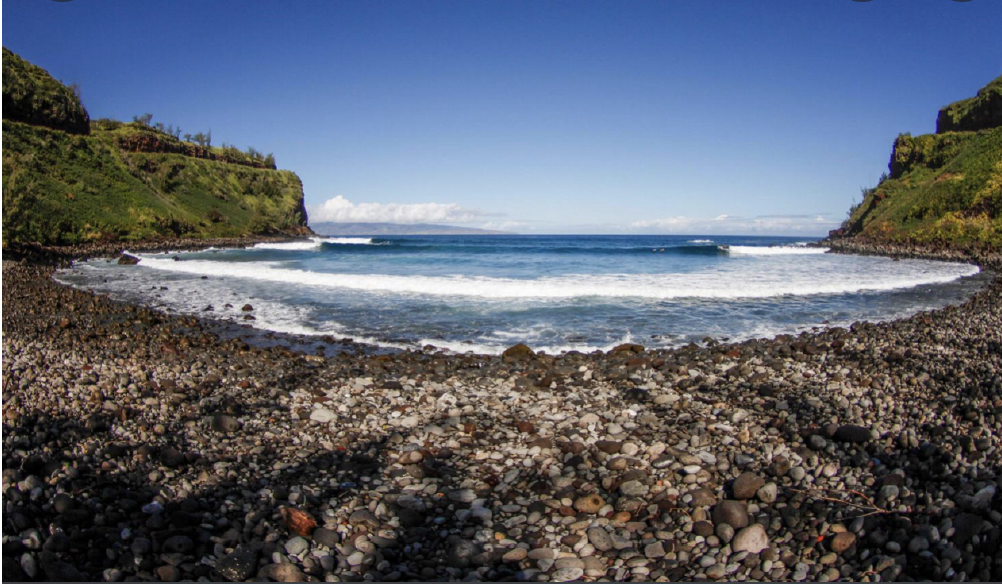Protected Lands: Maui
Honokōhau, Kāʻanapali
Size: 1.4 acres
Year Protected: 2023
Land Protection Strategy: Owned and stewarded by nonprofit Nā Mamo Aloha ‘Āina o Honokōhau with a conservation easement co-held by HILT & Maui County
Conservation Values: Cultural practice and ‘āina based education, coastline protection for healthy estuary and marine ecosystems, and agriculture for local food.
Land Features: Shoreline fronting bay and traditional lo‘i kalo lands that support present day practice.
ABOUT Honokōhau
Once granted to the ali‘i Moses Kekuāiwa during Hawai‘i’s hybridized land tenure system of the 1848 Māhele, it was an abundant landscape with wetland taro terraces, mountain ridges of pili grass, and a ‘bay of plenty’ full of fish and limu. Over the years, the property changed hands and later became a neglected mansion on the beach. Nā Mamo plans to transform the land through culture-based education, growing ‘ai pono (healthy food), and furthering connection within the ahupua‘a.
Through the aftermath of the tropical storm and Lāhainā wildfires on August 8, 2023, Nā Mamo in partnership with Maui’s Hawaiian language immersion schools, were able to provide regularly scheduled hands-on learning and ‘āina based lessons to students from preschool to grade 12 at Honokōhau. Amidst the devastation, now more than ever, this acquisition opportunity provides the Maui Komohana (often referred to as West Maui) and greater community a rare space for community to connect to ʻāina, heal, and uplift one another during these times.
MORE
This area, like many throughout the larger Maui Komohana region has seen significant change. Once granted to the ali‘i chief Moses Kekuāiwa during Hawai‘i’s hybridized land tenure system of the 1848 Māhele, it was an ‘āina momona, an abundant landscape painted with wetland taro terraces, mountain ridges of whispering pili grass, and a ‘bay of plenty’ full of fish and limu. Over the years, the property changed hands a few times and later became a neglected mansion on the beach. Since then, it will transition back to a thriving space to gather and expand Nā Mamo’s cultural based education, growing ‘ai pono (healthy food), and furthering ma uka (uplands) to ma kai (sea) connection within the ahupua‘a. More importantly, this land protection endeavor serves such a huge need for Nā Mamo and its community at this time with many of the life-altering changes occurring throughout Maui Komohana.
From a Native Hawaiian worldview, mauli ola or optimal health and wellness of a community is achieved in part, through interconnected relationships between people, their higher power, and their ‘āina or feeding lands. In the spirit of reinvigorating mauli ola at Honokōhau Bay, this restorative effort is part of the growing trend to build Hawai‘i‘s resilience through community led efforts to protect and celebrate the richness of our ‘āina, host culture, and natural resources. All this humbling work could not be accomplished without the meaningful collaboration between its willing landowner, the County of Maui, HILT, and the Honokōhau community.
Honokōhau, ‘the bay drawing dew’, captures what was once a glimpse emblematic of a rural Hawaiian ahupua‘a in ancient Hawai‘i. The valley itself fed and housed a healthy population and has a large alluvial floodplain that was almost entirely under wetland kalo cultivation. Its coast is lined with fishermen’s caves, and contains numerous cultural and political sites, signaling a possible role of significance in the polity of Maui chiefs. Like other rural communities across Hawai‘i, the arrival of the plantations and foreign interests transformed Honokōhau and its people—changing their lifestyles and relationship to the land and its natural resources from communal stewardship to outside influences controlling these precious resources as private property. As a result, many of these families were forced to move to the urban centers and some away from Hawai‘i to find work and start a whole new life. The pendulum of history, however, swings back today as families with generational ties to the region are returning and reinvigorating their deep relationship to Honokōhau to live the traditional lifestyles of their ancestors.
“There’s always at least one that comes back,” says. Kūpuna June Yong, a master lauhala weaver, musician, community advocate, and grandmother to Maka Kanekoa, President of the Nā Mamo Board of Directors. Her father Samuel Apo Yong farmed kalo in Honokōhau Valley and fished in its bay all his life until land, water, and other resource access shifted, forcing him to raise his family on O‘ahu. Born in 1937, Kūpuna Yong, however, longed for Honokōhau and the traditional lifestyle of her father. Years later upon her retirement, she was able to return home. Shortly after, her grandson Maka and his ‘ohana, along with other young families with generational ties to Honokōhau also returned home.
Today, Honokōhau as part of the larger Maui Komohana region has experienced unimaginable change. In 2019, during the global wide COVID-19 pandemic, Nā Mamo officially established itself as a non-profit organization to care for and preserve the natural resources and cultural history of Honokōhau. Their group was inspired by the spirit of the original grassroots hui advocating for ‘āina and resource protection in Honokōhau Valley led by Kūpuna Yong, Aunty Lehua and Uncle ‘Aimoku Pali, and the Guth ‘Ohana. Since then, among many of Nā Mamo’s milestones, in June 2022, they took the first step in meaningfully restoring water equity in the area through Hawai‘i’s Commission on Water Resource Management water management area designation process of the entire Lāhainā Aquifer Sector. This watershed decision meant government stewardship of surface and ground water as a public trust resource for present and future generations.



